What are the Yoga Sutras?
The Yoga Sūtras of Patañjali are an ancient collection of 196 Sanskrit sutras written by the sage Patanjali around 500BCE. The very first word of the first sutra is ‘atha’ which means ‘now.’ This word is carefully placed as it summarises the intent of Yoga, to be present. To be here, now.
Atha yoga anushasanam
Now, the teachings of yoga.
—Yoga Sutra 1.1
The Yoga Sutras serve as a guide to understanding and practicing the ancient yogic traditions and provide a comprehensive framework for living a purposeful life and following the yogic lifestyle.
At the heart of the Yoga Sutras are the eight limbs of yoga, 'ashtanga,' which act as a roadmap to achieving unity of mind, body, and spirit. These eight-fold paths include moral disciplines (yamas), self-discipline (niyamas), physical postures (asanas), breath control (pranayama), sense withdrawal (pratyahara), concentration (dharana), meditation (dhyana), and, finally, ultimate absorption or enlightenment (samadhi). Each limb provides valuable insights into various aspects of yoga philosophy in practice and helps individuals develop a deeper connection with themselves and the world around them.
Throughout history, the Yoga Sutras have played a significant role in shaping the Indian yogic tradition. They have provided guidance and wisdom to countless practitioners seeking spiritual growth and self-realisation. The sutras emphasise discipline, dedication, and self-awareness as essential elements on the path to enlightenment.
Yoga in the Western World
In the early stages, yoga in the Western world was introduced by gurus such as Tirumalai Krishnamacharya and Paramahansa Yogananda. Their teachings brought a profound understanding of yoga from India to the United States. Initially, yoga remained a niche practice for Westerners. It wasn't until the 1960s, during the rise of the hippie movement and cultural exploration, that facets of yogic philosophy and Hindu symbology began to permeate mainstream American consciousness, and the practice of yoga gained acknowledgment.
The popularity and acceptance of yoga received a significant boost when The Beatles famously traveled to India in 1968 to study transcendental meditation with Maharishi Mahesh Yogi. This event led to widespread interest in Eastern spirituality and practices among their fans and other Westerners. The Beatles' endorsement further propelled the adoption of yoga as part of counterculture movements and alternative lifestyles.
However, it didn't take long before capitalism seeped into this spiritual practice. As corporations recognized the growing popularity of yoga, they quickly saw an opportunity for profit. Yoga was repackaged as a luxury workout rather than a holistic system encompassing physical, mental, and spiritual well-being. Soon enough, high-end studios started popping up across major cities, offering branded merchandise and classes at premium rates.
The practice of yoga today looks very different from how it has traditionally been practiced in India for thousands of years. When we think of yoga, we often picture yoga poses (asanas) on a yoga mat. However, asana is just one of the eight limbs of yoga. In this article, we will explore the Eight Limbs of Yoga outlined in the Yoga Sūtras of Patañjali.
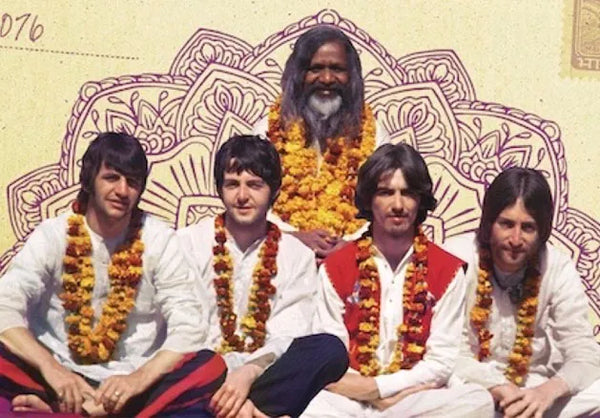
What Are The Eight Limbs of Yoga?
The Yoga Sutras outline the eight limbs (ashtanga) of Yoga, the path to follow to reach enlightenment of the mind, body and spirit and in the words of Patanjali, the "layers and imperfections concealing truth" are "washed away," and your authentic self is revealed.
The eight limbs take many years to learn and to encompass
The First Limb of Yoga - Yamas
The Yamas are a set of ethical restraints to be observed to cultivate an embodied lifestyle. The Yamas are:
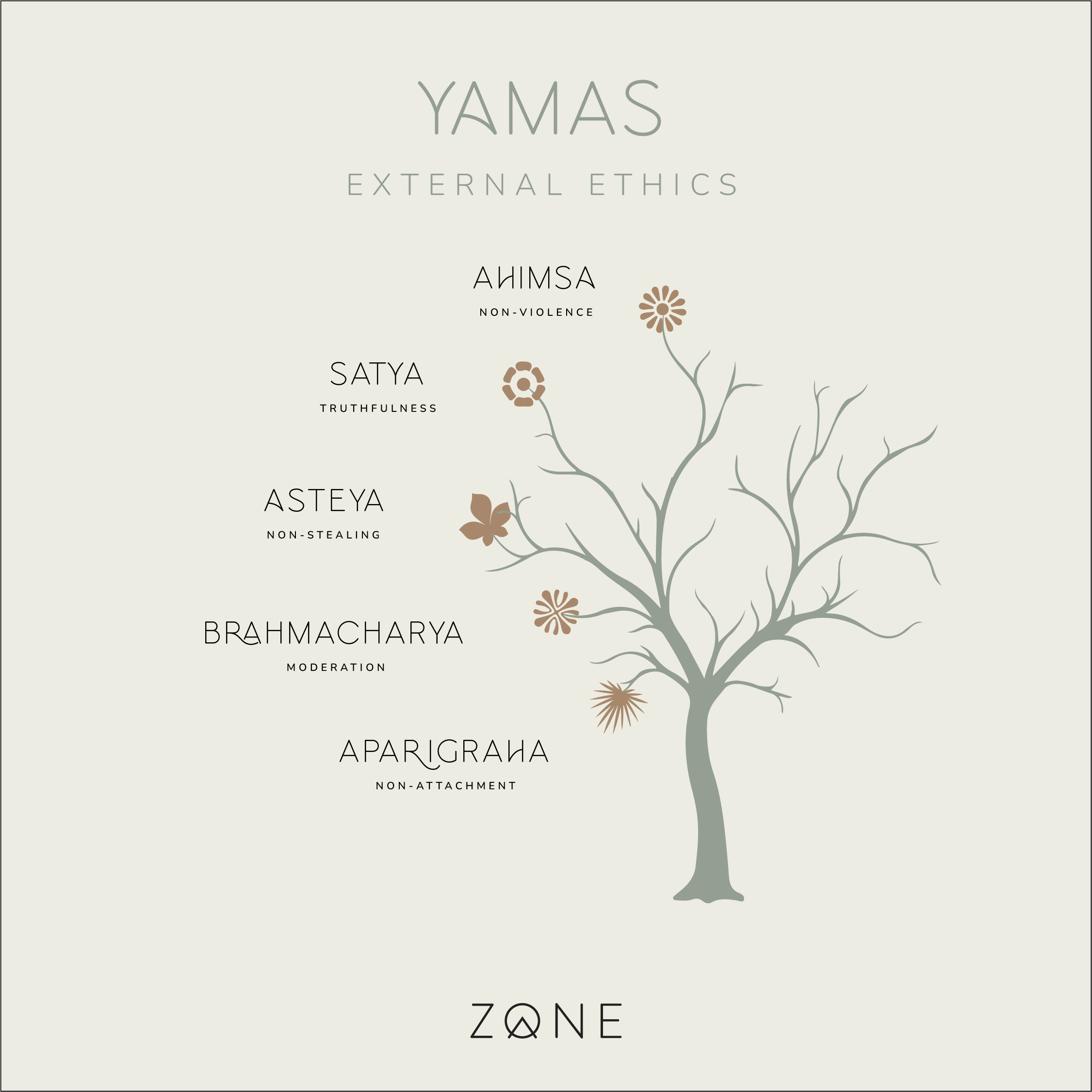
Ahimsa [Non- violence] - Treating people and all living things with kindness, respect, and compassion.
Satya [Truthfulness] - Speaking honestly, without deception or misrepresentation.
Asteya [Non-stealing] - Do not steal or take anything that does not rightfully belong to you.
Aparigraha [Non-attachment] - Letting go of the idea of ownership, accepting whatever comes our way, being grateful for the moment instead of longing for something else in the future or having regret over something from the past.
Brahmacharia [Moderation] - The practice of self-restraint, moderation and discipline towards physical, mental, sexual and spiritual activities.
The Second Limb of Yoga - Niyamas
Alongside the Yamas are the Niyamas, the ethical observances one should follow.
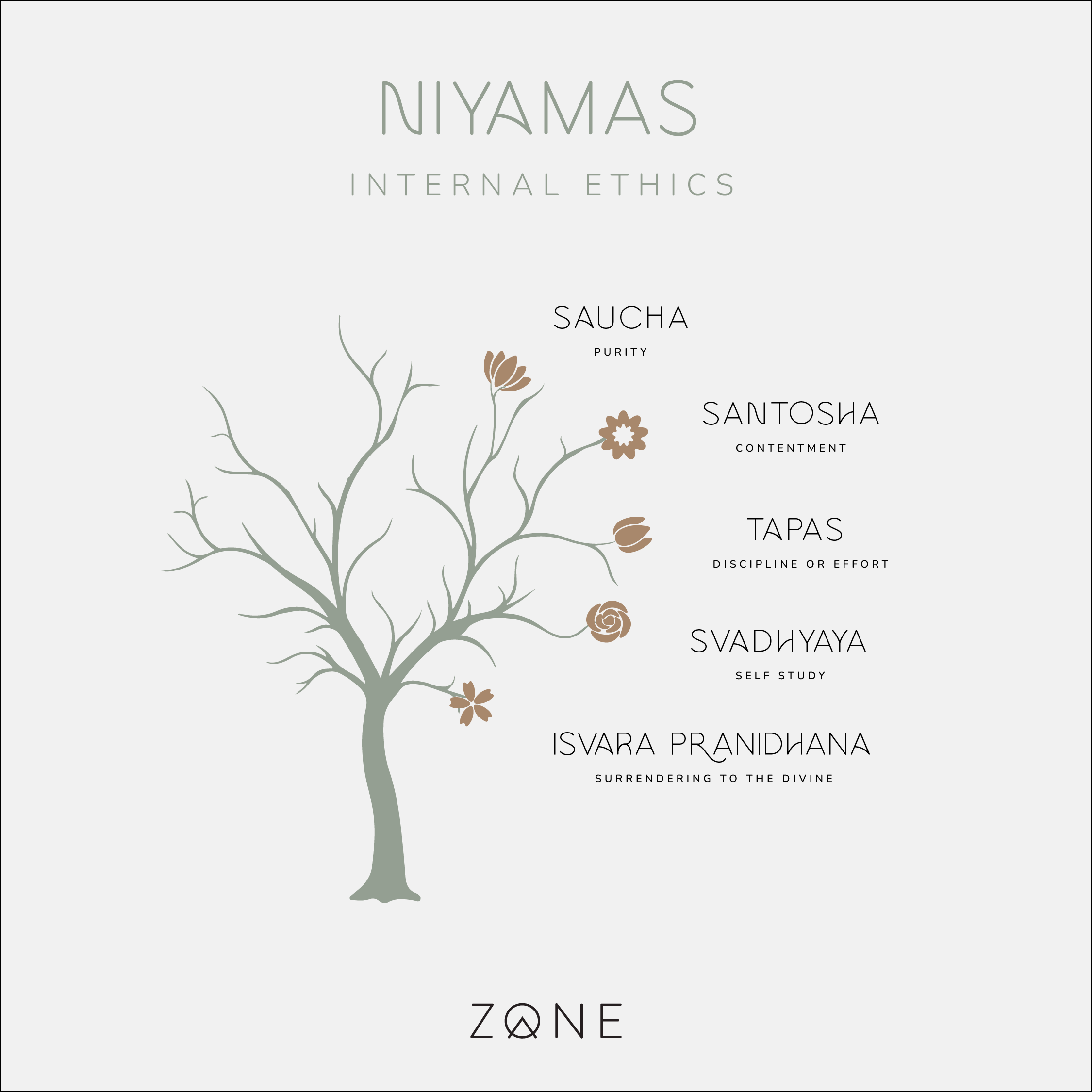
Saucha [Cleanliness] - Cleanliness and purity that includes physical cleanliness as well as psychological and spiritual hygiene; controlling one's thoughts and emotions in order to maintain balance and harmony.
Santosha [Contentment] - The practice of contentment and acceptance, which involves finding peace in one's current situation and cultivating gratitude for life's gifts.
Tapas [Discipline] - The practice of self-discipline and dedication towards spiritual ideals and practices such as yoga, meditation and mindfulness.
Svadhyaya [Self-study] - The practice of self study and refection. It involves studying spiritual texts, reflecting on one's own thoughts, feelings, beliefs and motivations in order to uncover deeper truths about oneself and our connection to the universe.
Ishvara pranidhana [Surrendering to the divine] - Surrendering to a higher power, seeing ourselves as part of a larger universe and trusting that everything happens for reason even if we don't always understand why.
The Third Limb of Yoga- Asana
The physical practice that defines most modern Yoga practices is based around this limb of Yoga, the physical yoga poses. These are done to strengthen the body and mind, cultivate and move energy mindfully through the body.

The Fourth Limb of Yoga - Pranayama
Pranayama is a Sanskrit term that translates to "extension of the life force" or "breath control." It is a fundamental aspect of yoga, focusing on intentional regulation and manipulation of the breath for various physical, mental, and spiritual benefits. Pranayama techniques involve conscious inhalation, exhalation, and breath retention to influence the flow of prana (life force or vital energy) in the body.
In yoga philosophy, prana is considered a vital energy that sustains life and connects the body, mind, and spirit. Pranayama practices are designed to optimise the breath, enhance energy flow, and promote overall well-being. Different pranayama techniques serve distinct purposes, ranging from balancing, heating, cooling or calming. Regular practice of pranayama is believed to cultivate mindfulness, improve concentration, reduce stress, and contribute to a harmonious state of being.
The Fifth Limb of Yoga - Pratyahara
Pratyahara involves consciously disengaging from the external sensory experiences of the world, such as sights, sounds, smells, tastes, and tactile sensations. By withdrawing the senses, the practitioner aims to cultivate a heightened state of inner awareness, facilitating the journey toward deeper concentration and meditation.
Pratyahara serves as a crucial bridge between the external practices of yoga, like physical postures (asana) and breath control (pranayama), and the internal practices of concentration (dharana) and meditation (dhyana). By mastering Pratyahara, practitioners can create a more focused and tranquil internal environment, preparing the mind for the later stages of yoga that lead to heightened states of consciousness and self-realisation.
The Sixth Limb of Yoga - Dharana
Dharana is the sixth limb of yoga, as outlined in the Yoga Sutras of Patanjali. Translated from Sanskrit, "Dharana" means concentration or focused attention. It involves the practice of directing one's mind and attention to a single point, object, or thought, excluding all other distractions.
This practice aims to cultivate mental clarity and inner strength. By training the mind in focused concentration, Dharana serves as a preparatory stage for deeper meditation and spiritual absorption.
The Seventh Limb of Yoga - Dhyana
Dhyana means meditation. It represents the sustained and uninterrupted focus of the mind on a chosen point of concentration, allowing for a deep and contemplative state of absorption. In Dhyana, the practitioner moves beyond the concentrated attention of Dharana into a state of meditation where the awareness becomes one with the object of focus.
Practicing Dhyana regularly is believed to cultivate inner stillness, a heightened sense of self-awareness, and a deep connection to the present moment. It is an essential step in the yogic journey towards Samadhi.
The Eighth Limb of Yoga - Samadhi
Samadhi is the eighth and final limb of yoga, according to the Yoga Sutras of Patanjali. Translated from Sanskrit, "Samadhi" means union or absorption. It represents the culmination of the yogic journey, where the practitioner experiences a profound state of oneness, transcendence, and complete absorption. It is the ultimate goal of yoga and the final step in the eightfold path.
In Samadhi, the boundaries between the individual self (atman) and the universal consciousness dissolve. The practitioner reaches a state of pure awareness, devoid of ego, desires, and dualities. It is a state of profound peace, bliss, and spiritual fulfilment.
There are different stages or types of Samadhi, often categorised as:
-
Savitarka Samadhi: In this stage, the mind is concentrated on a gross object, and there is still a sense of duality.
-
Nirvitarka Samadhi: The mind becomes absorbed in a subtle object, and the sense of duality diminishes.
-
Savichara Samadhi: The mind is absorbed in subtle objects, and there is a sense of joy and bliss.
-
Nirvichara Samadhi: The mind is absorbed in the subtlest objects, and there is a profound sense of bliss and unity.
-
Sa-ananda Samadhi: This is a state of Samadhi with a sense of joy.
-
Sa-asmita Samadhi: In this state, there is a sense of individuality, but it is experienced with pure consciousness.
-
Nirbija Samadhi: The final stage of Samadhi, where even the impressions (samskaras) in the mind are dissolved, leading to a state of complete liberation (moksha).
Samadhi is considered the pinnacle of the yogic journey, representing the union of the individual self with the divine, the realisation of the true nature of existence, and ultimate spiritual liberation. It is a state of unparalleled peace, serenity, and profound transcendence beyond the limitations of the material world.
The Eightfold Path
In the intricate tapestry of daily life, the Yoga Sutras of Patanjali unravel a profound science—the science of yoga, a transformative journey embedded in the eight limbs. These ancient teachings were crafted to guide seekers toward enlightenment and spiritual awakening.
In a world where yoga has seamlessly merged with fitness trends and lifestyle choices, it's crucial to recognise its roots and honour the holistic philosophy woven into its essence.
Yoga, transcends the boundaries of mere postures; it's a lifestyle, a philosophy, a journey into self-discovery. So, whether you unroll your yoga mat for a physical workout or delve into the depths of meditation, let the wisdom of the eight limbs guide you—a timeless science that extends beyond the confines of trends and likes, offering a path toward realisation and a more harmonious existence.
At ZONE we embrace all aspects of yoga philosophy and offer our sustainable products - like our cork yoga mats and hemp clothing,—as a bridge connecting modern practices with ancient teachings. Whether you practice yoga just for fitness or to discover a deeper meaning, understanding and respecting the origins of this practice adds depth and authenticity to the experience.


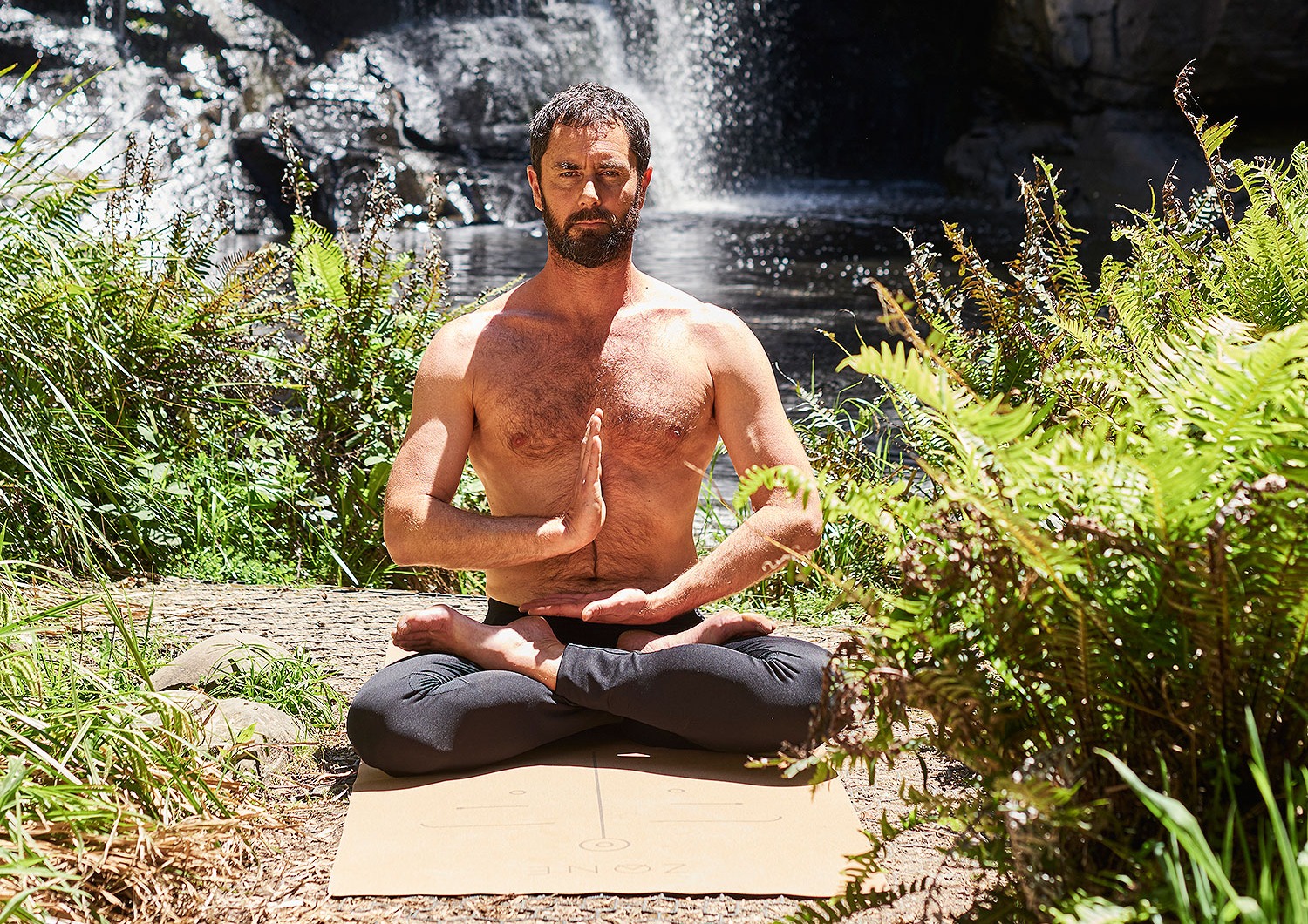

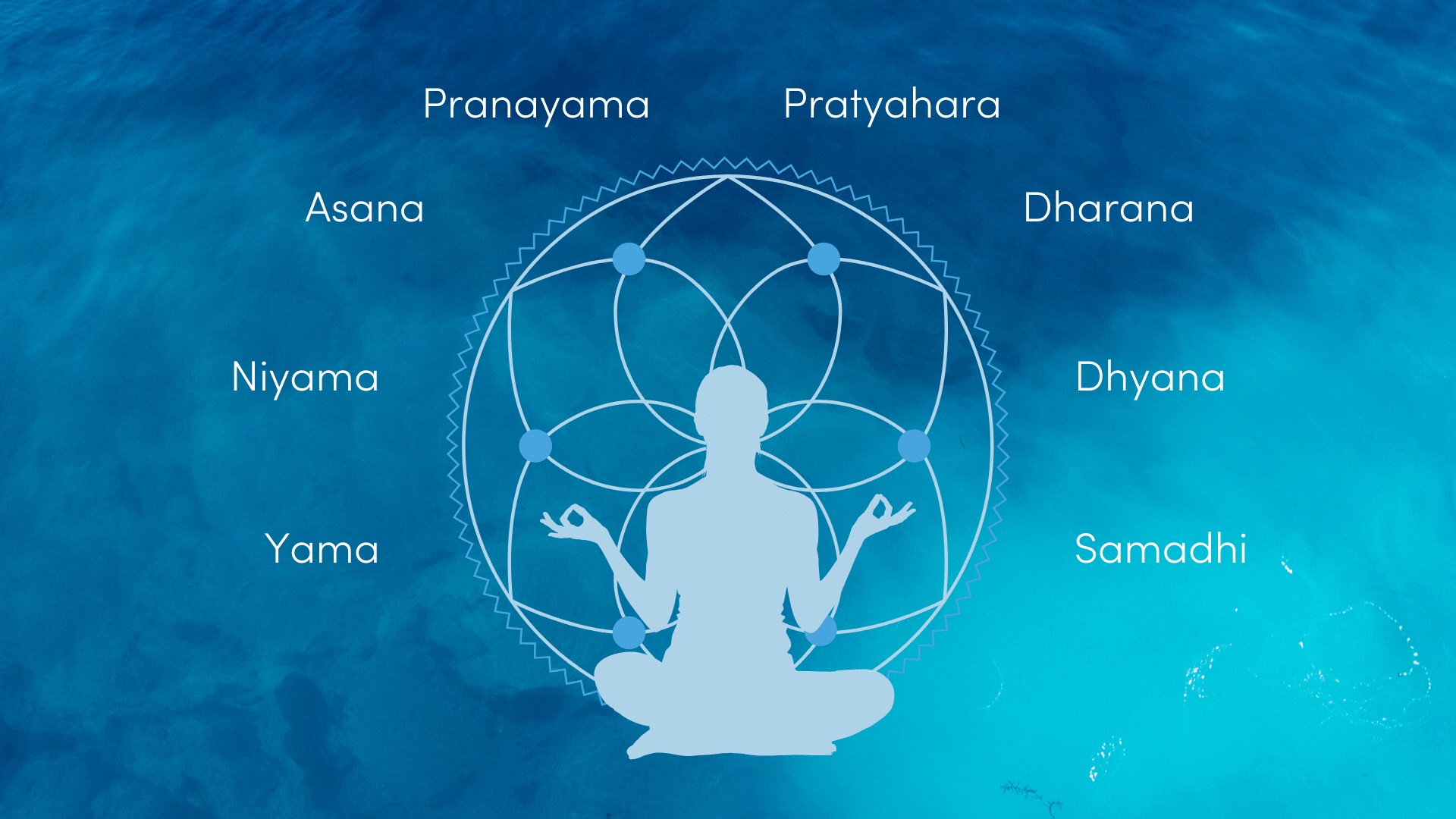








1 thought on “The Eight Limbs of Yoga”
Aeris
I was wondering what is samadhi exactly.
Thank you so much for this beautiful blog.